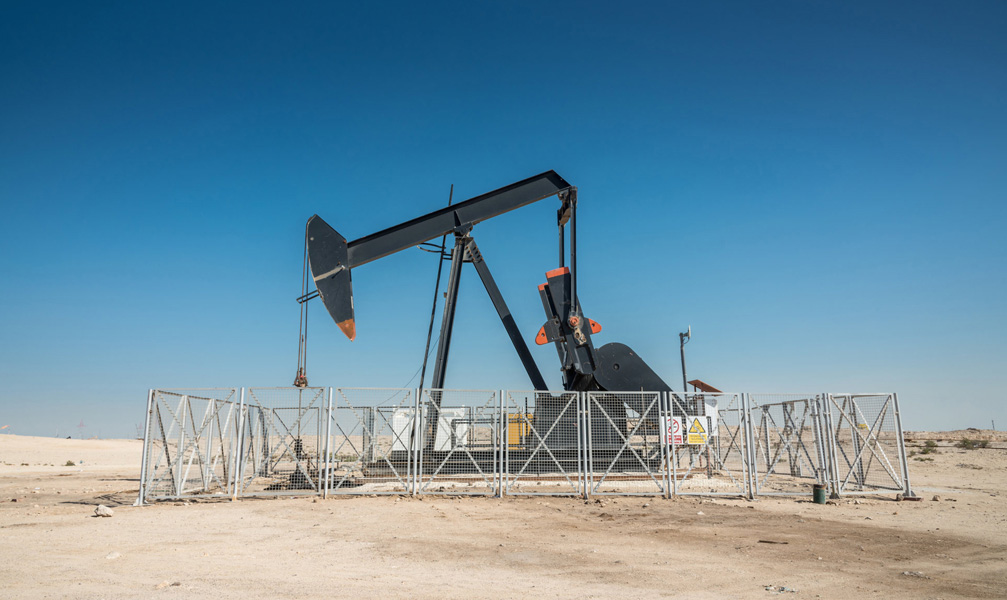In the grand map of the global economy, the rise of emerging markets is like a strong wave, impacting the traditional trade pattern with unprecedented force. As an important cornerstone of international trade, commodity trade is also undergoing profound reshaping in this transformation. This phenomenon not only concerns the lifeline of economic development in various countries, but also has a profound impact on global resource allocation, industrial restructuring, and the evolution of the international economic order. It is of great practical significance to deeply explore the new changes and challenges faced by commodity trade under the collision between the rise of emerging markets and traditional trade patterns.
In recent years, emerging market countries represented by China, India, Brazil, Russia, etc. have rapidly emerged on the global economic stage. From the perspective of economic growth data, emerging market countries GDP The growth rate is generally higher than that of developed countries, becoming the main engine driving global economic growth. For example, China has maintained high-speed economic growth in the past few decades and continues to rank among the top contributors to global economic growth. In the field of international trade, the import and export scale of emerging market countries continues to expand, and their proportion in global trade is increasing year by year. Taking China as an example, it has been the world's largest trading nation for goods for many consecutive years, and many emerging market countries are gradually occupying important positions in specific commodity fields.

The rise of emerging markets has broken the traditional trade pattern dominated by developed countries for a long time. In terms of the flow of commodity trade, traditionally commodities mainly flow from resource rich developing countries to developed countries, but now emerging market countries have become important demanders, and trade flows are showing a diversified trend. For example, Brazil's agricultural products, iron ore and other commodities are not only exported to traditional markets such as Europe and America, but also have an increasing share of exports to emerging market countries such as China.
From the perspective of trade pricing power, in the past, the pricing power of bulk commodities was mainly held by large multinational corporations and international futures exchanges in developed countries in Europe and America. However, as the demand scale of emerging market countries expands and their position in global trade increases, they are actively striving for pricing discourse power. For example, China has gradually strengthened its influence in pricing by forming industry alliances and participating in international futures markets in the fields of bulk commodities such as iron ore and rare earths.